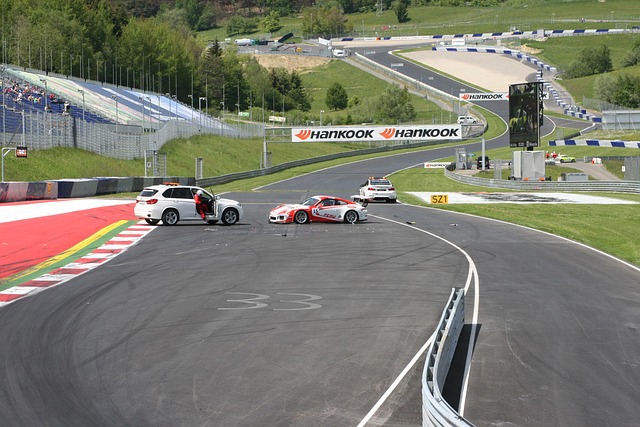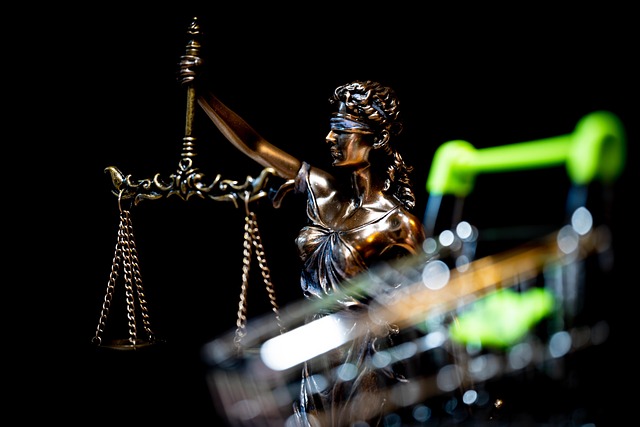Pedestrian accident insurance claims require understanding the process and gathering comprehensive evidence including witness statements, medical records, police reports, and scene photographs. These claims compensate for injuries sustained due to negligence while crossing roads or walkways, covering medical expenses, pain and suffering. Robust evidence, such as detailed documentation from witnesses, doctors, and authorities, is key to successful compensation, similar to other dispute types. For severe cases like wrongful death, proper legal guidance from an experienced attorney ensures a just outcome.
In the event of a pedestrian accident, understanding the evidence required for a successful insurance claim is paramount. This article guides you through the process, focusing on the essential components that constitute a strong pedestrian accident insurance claim. From comprehending the basics of these claims to exploring the diverse types of evidence needed, this resource offers valuable insights. Learn how to gather and present compelling evidence to enhance your chances of receiving fair compensation for your injuries.
- Understanding Pedestrian Accident Insurance Claims
- Types of Evidence Required for Valid Claims
- Gathering and Presenting Compelling Evidence
Understanding Pedestrian Accident Insurance Claims

When it comes to pedestrian accident insurance claims, understanding the process is key. These claims typically involve individuals who have suffered injuries while crossing roads or walkways as pedestrians, often due to the negligence of drivers or other parties. The goal of such claims is to secure compensation for medical expenses, pain and suffering, and other related losses.
Pedestrian accident insurance claims can be complex, especially when dealing with severe injuries like truck accident injuries or slip and fall injuries. It’s crucial to gather comprehensive evidence to support the claim, including witness statements, police reports, medical records, and photographs of the accident scene. Unlike homeowner insurance claims, which primarily cover damages to property, pedestrian accident claims focus on personal injuries and associated costs. Therefore, detailed documentation is essential to ensure a successful claim and fair compensation for the injured party.
Types of Evidence Required for Valid Claims

When pursuing a pedestrian accident insurance claim, having robust evidence is paramount to ensuring success and a fair settlement. The types of evidence required can vary depending on the specifics of the case, but several key elements are commonly needed to validate a pedestrian accident insurance claim. These include witness statements, medical records, police reports, and photographic evidence.
Witness accounts provide first-hand descriptions of the incident, offering crucial insights into the sequence of events. Medical documentation details any injuries sustained, their severity, and the associated treatment, which is essential for quantifying damages in personal injury claims. Police reports serve as official records of the accident, capturing details like location, time, involved parties, and circumstances. Lastly, photographs can vividly illustrate the scene, potential hazards, and the extent of any injuries or damage, thereby strengthening the claim, much like how visual evidence is instrumental in other types of disputes, such as real estate and contract disputes.
Gathering and Presenting Compelling Evidence

When pursuing a pedestrian accident insurance claim, gathering and presenting compelling evidence is paramount to a successful outcome. This includes securing detailed accounts from witnesses who observed the incident, as their testimony can provide crucial insights into the sequence of events leading up to the collision. Additionally, documenting physical evidence such as photographs of the accident scene, injuries sustained, and any damaged property can significantly bolster your case. Medical records and reports from healthcare providers are also essential, as they demonstrate the extent of injuries and the need for medical treatment.
It’s crucial to involve a car accident attorney who understands the legal intricacies surrounding pedestrian accidents. They can help you navigate partnership disagreements or disputes with insurance companies, ensuring that all necessary documents are filed accurately and within the stipulated time frames. While wrongful death claims are more severe, the same principles of evidence gathering and presentation apply, aiming to secure justice for the affected family.
When pursuing a pedestrian accident insurance claim, gathering robust evidence is paramount. This includes photographic documentation of injuries, medical records detailing treatments and diagnoses, witness statements providing accounts of the incident, and any relevant surveillance or security footage. By meticulously compiling these types of evidence, pedestrians can strengthen their claims and increase their chances of receiving fair compensation for their losses.





